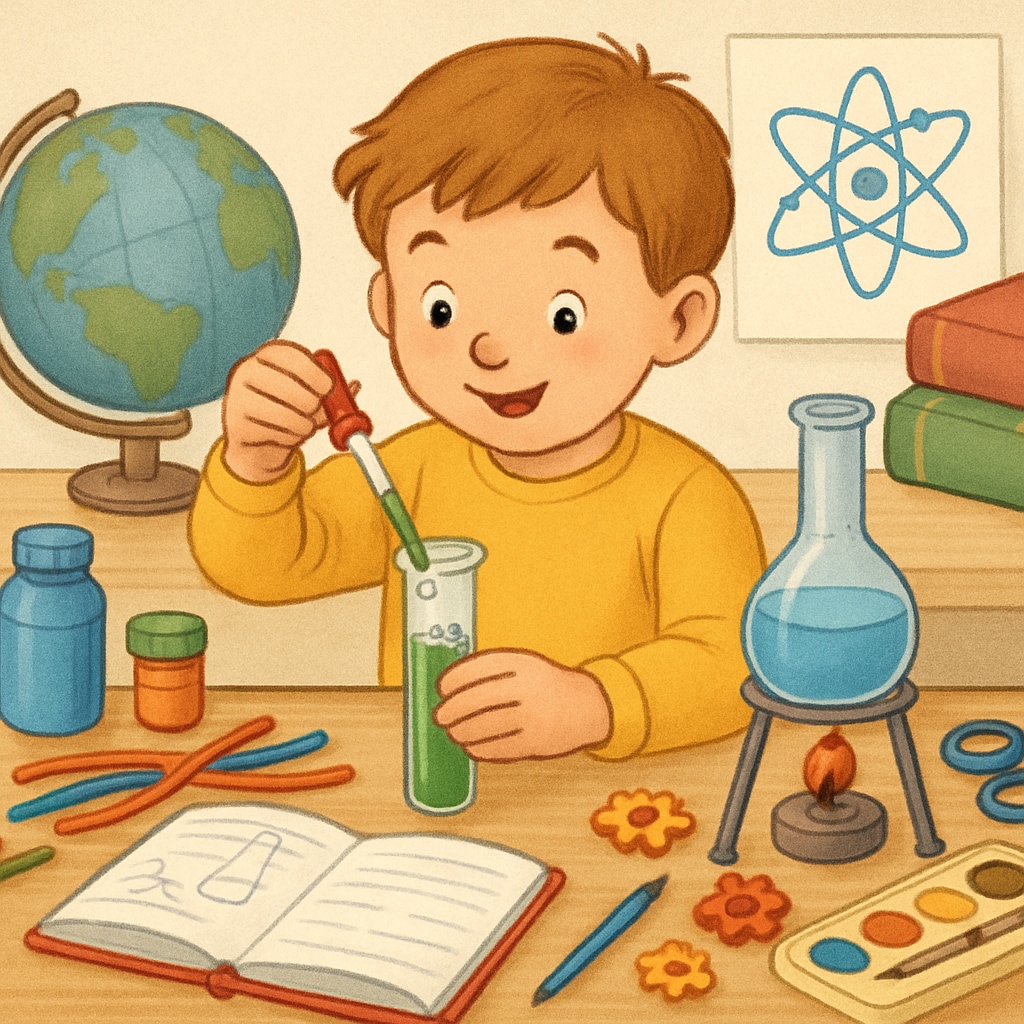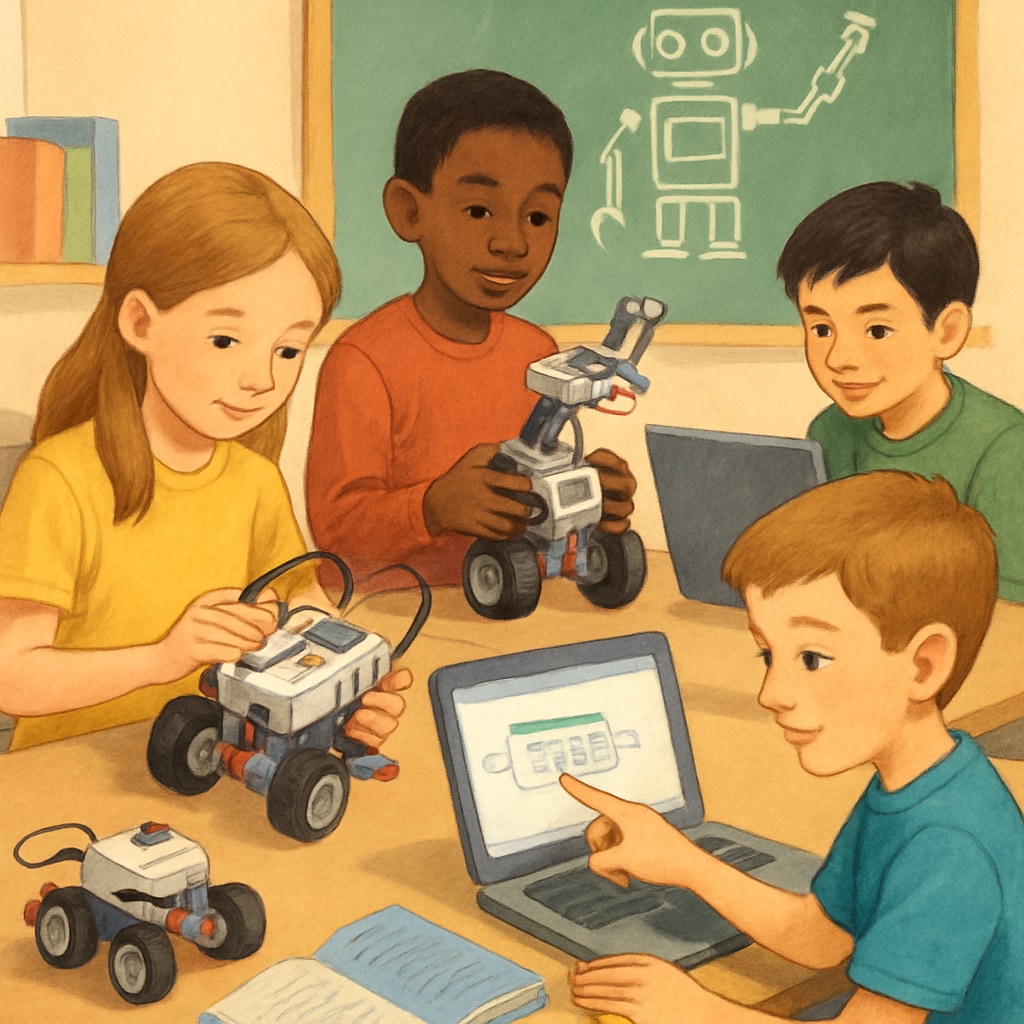Early education, creativity cultivation, and educational choices are pivotal when raising children with a natural inclination for hands-on learning and innovation. Traditional education systems often prioritize rote learning and structured academics, which may fail to nurture the unique talents of creative minds. For parents, the challenge lies in finding an educational path that protects and develops their child’s innate creativity while ensuring they acquire essential academic and life skills.
Understanding the Needs of Hands-On Creative Children
Creative children who enjoy building, experimenting, and problem-solving require educational environments that celebrate and encourage their natural tendencies. Unlike conventional classroom settings that emphasize static learning, these children thrive in dynamic and interactive environments.
For example, a child who loves designing structures with LEGO or constructing circuits might feel disengaged in a traditional lecture-based classroom. Instead, they may excel in project-based learning (PBL), which emphasizes real-world problem-solving and hands-on projects. Research shows that PBL can significantly boost creativity and critical thinking skills. (Learn more about PBL on Wikipedia).

Tailoring Early Education to Foster Creativity
Early education is a critical phase for nurturing creativity. Parents can seek schools or programs that emphasize experiential learning and creativity cultivation. Montessori and Reggio Emilia approaches, for example, are renowned for their child-centered methodologies. These systems allow children to explore their interests at their own pace, fostering autonomy and curiosity.
Furthermore, extracurricular activities such as coding workshops, robotics clubs, or art classes can complement formal education. These activities provide children with opportunities to experiment, learn from failure, and develop innovative solutions to challenges.
Here are some strategies to tailor education for creative children:
- Encourage open-ended play with materials like clay, blocks, or art supplies.
- Provide access to STEM kits that combine creativity with technical skills.
- Enroll children in maker spaces or community workshops.
- Incorporate storytelling and role-playing to enhance imagination.

Balancing Creativity with Essential Academic Skills
While fostering creativity is vital, it is equally important to ensure that children develop foundational academic skills, such as reading, writing, and basic mathematics. The key is to integrate these skills into creative activities. For instance, a hands-on science experiment can incorporate measurement and data analysis, turning a math lesson into a practical, engaging experience.
Parents and educators should also focus on teaching critical life skills like collaboration, communication, and adaptability. These competencies are highly valued in today’s rapidly changing world and can be seamlessly woven into creative projects.
Moreover, digital platforms can play a significant role in combining creativity with academics. Tools like Scratch, an interactive programming platform, allow children to create games and animations while learning coding—a skill that merges logic with artistry.
Choosing the Right Educational Pathway
Educational choices for creative children are not limited to traditional schools. Alternatives such as homeschooling, online learning platforms, and specialized creativity-focused schools offer flexible options. Parents can evaluate their child’s needs, interests, and learning style to find the best fit.
For example, homeschooling allows for a personalized curriculum tailored to a child’s strengths, while online platforms provide access to diverse resources. Specialized schools, such as those emphasizing arts or STEM, can offer immersive experiences aligned with a child’s passions.
Ultimately, the goal is to create an environment where children feel supported and inspired to explore, innovate, and excel. As a result, they develop not only academic competence but also the confidence to pursue their dreams.
In conclusion, nurturing the creativity of hands-on learners requires a thoughtful balance of innovation and structure. By choosing the right educational path and embracing strategies that encourage exploration, parents can empower their children to thrive both creatively and academically.
For further reading on education choices, check out Britannica’s article on education.


